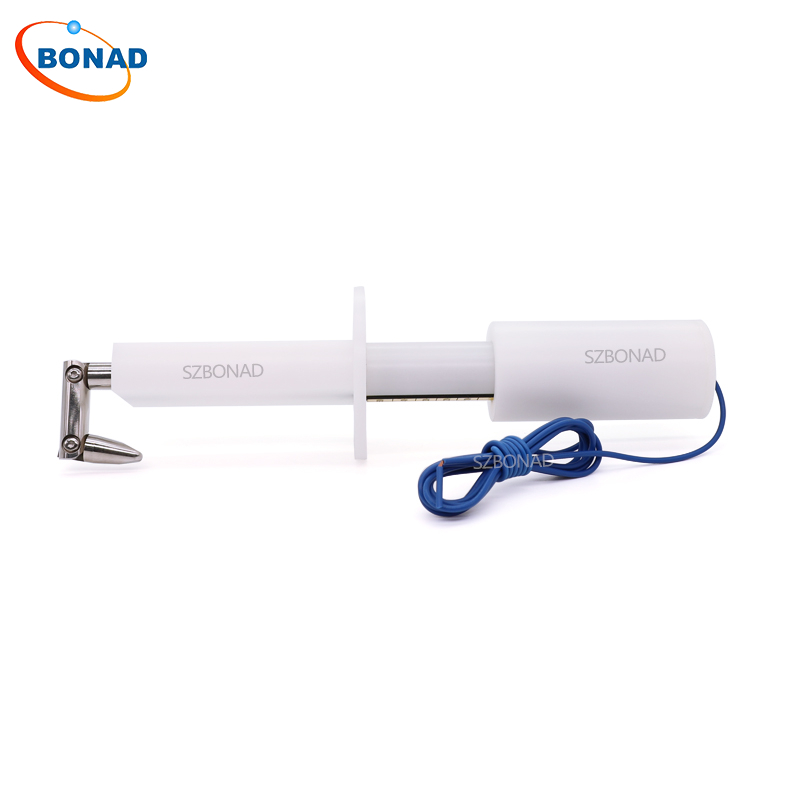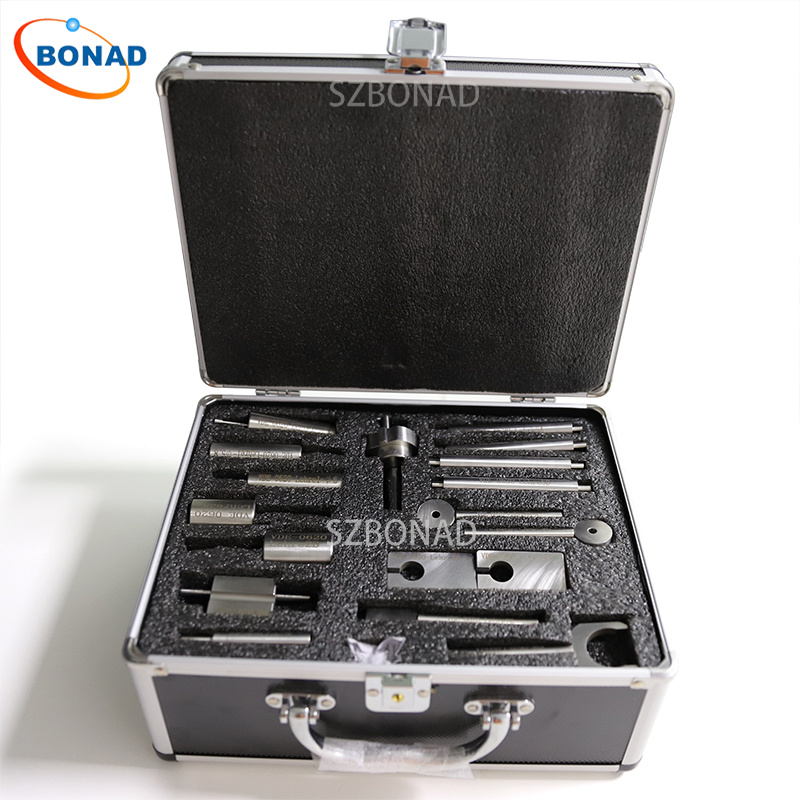Welcome to bndtestequipment.com, the official website of SHENZHEN BONAD INSTRUMENT CO.,LTD. As a leading high-tech company in China, we specialize in producing precision instruments and laboratory test equipment. In this article, we will explore the IEC 60529 IP2X Jointed Test Finger Probe B, an essential tool for assessing protection against access to hazardous parts. Let’s dive into the features and significance of this remarkable probe.
Understanding the Jointed Test Finger Probe
The Jointed Test Finger Probe is designed to simulate human finger movement and ensure the safety and reliability of electrical products. Built with utmost precision, this probe accurately measures the degree of protection provided by the enclosure of various electrical devices. It adheres to the IEC 60529 standard, which outlines the requirements for testing the level of protection against the ingress of solid objects.
Features and Specifications
The IP2X Jointed Test Finger Probe B is meticulously crafted to meet the industry’s stringent requirements. It comes equipped with a jointed finger structure that closely mimics the movement of a human finger during interaction with electrical equipment. The probe exerts a force of 10-50N, allowing for comprehensive testing and evaluation. Its ergonomic design ensures ease of use and accurate results.

Importance of the Jointed Test Finger Probe
The IEC 60529 IP2X Jointed Test Finger Probe B is an indispensable tool for manufacturers and quality control professionals. By using this probe, they can assess the effectiveness of the enclosure’s protection against the access of hazardous parts. This not only ensures compliance with international safety standards but also enhances the overall product quality and user safety. The test results obtained using this probe provide valuable insights, enabling manufacturers to identify and rectify any design flaws or potential safety hazards.


